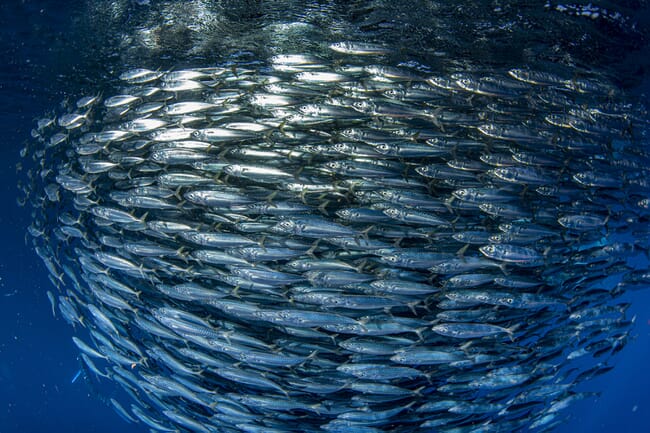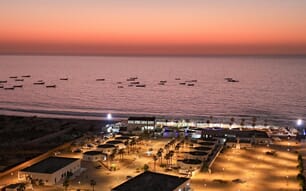
© AZTI Technology Centre
Under directives such as the European Marine Strategy Framework, fisheries management for EU countries must ensure the sustainability of fish populations. In recent years, this management has started moving towards the more holistic ecosystem-based approach, which not only considers the abundance of the stock and the fishing pressure it is subjected to, but also how the species interacts with the other species in the ecosystem.
For fisheries management plans to be able to take such a holistic approach, a better understanding of the trophic relationships in the marine environment and how they vary spatially and temporally is required. This knowledge has been historically obtained through visual inspection of the stomach contents, which is a time-consuming task that requires high taxonomic expertise.
In response to this problem, a multidisciplinary team from the AZTI Technology Centre composed by genetics, marine ecology and ecosystem modelling experts, has developed and validated a novel method to facilitate and speed up the collection of trophic data for five highly commercial species in the Bay of Biscay: anchovy, sardine, hake, horse mackerel, and mackerel.
The researchers developed a protocol for the DNA analysis of the stomach contents of the commercial fish species, allowing the analysis of hundreds of samples simultaneously and the construction of a prey inventory for each species. This novel method has been shown to outperform visual inspection by identifying a wider range of prey, including fast-digesting prey such as jellyfish, usually overlooked by visual analysis.
“Our method represents a precise and reliable way to collect information on who eats whom and with what preference in the ocean - key data to increase our knowledge on the trophic structure of marine ecosystems,” says Oriol Canals, a marine genetics expert at AZTI, in a press release.
“Moreover, this genetic method is not only applicable to the five species studied, but can also be easily adapted to other species,” he added.



